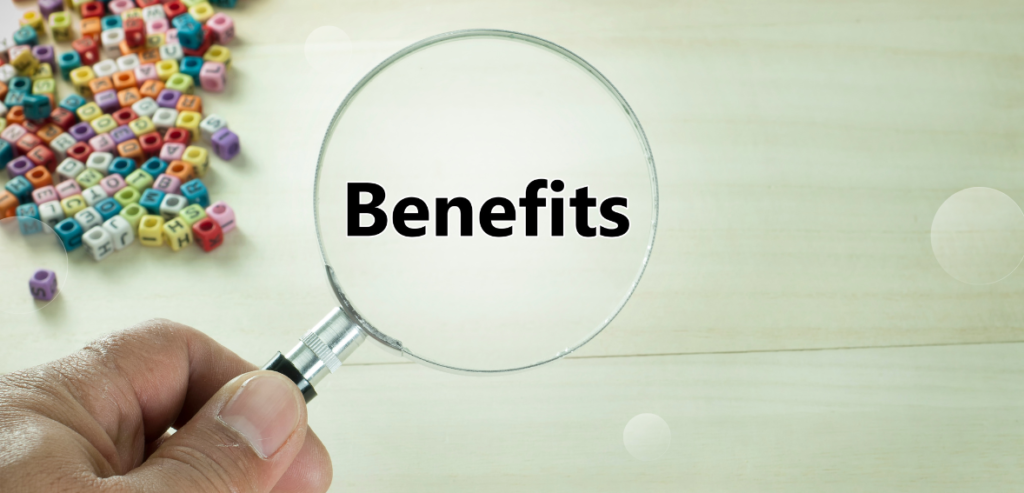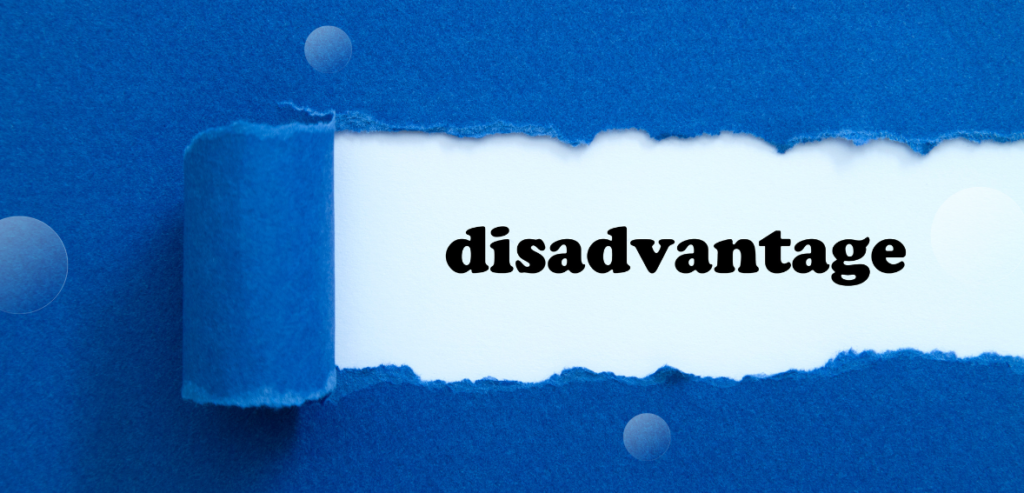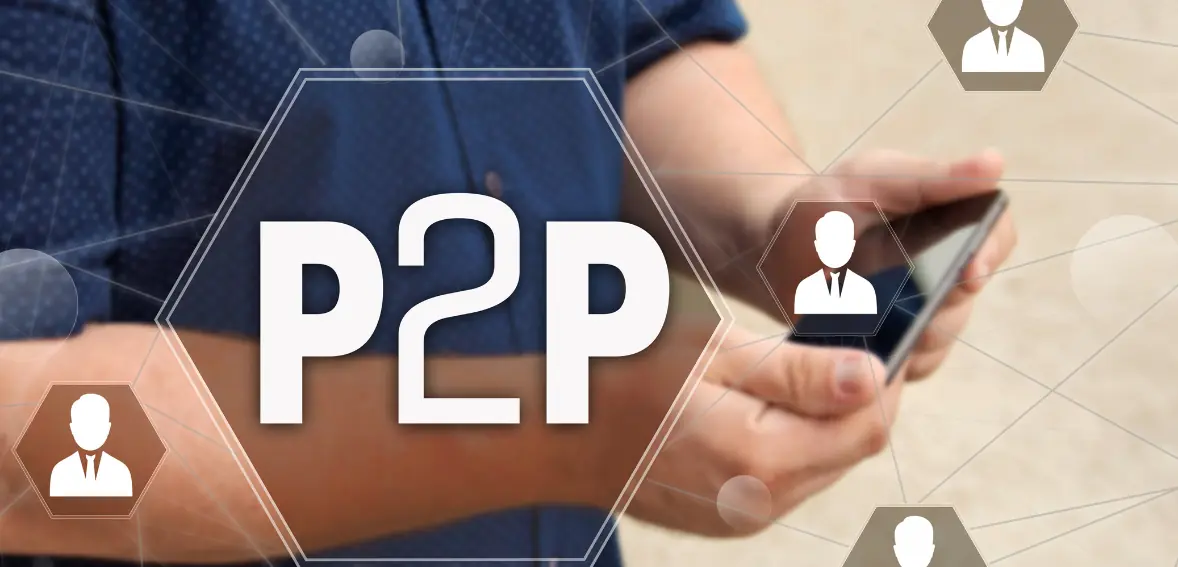People are no longer carrying as much cash as they used to, and that trend is even more pronounced among younger generations. Technology also has a habit of improving life experiences in the finance realm. With the innovations of the ATM and credit card POS terminals to process Peer-to-peer payments, individuals no longer needed to carry as much cash or checkbooks.
Smartphones and fast internet connections have enabled new changes to how we transact. This time, technology is allowing us to do away with the wallet. Everything we used to carry in it, cash, credit or debit cards, family pictures, notes, business cards, etc., can now all be stored on a smartphone. With the help of Peer-to-peer payment apps, individuals can easily split dinner checks, pay utility bills, or conduct small transactions at the local convenience store.
What are Peer-to-Peer payments?
Peer-to-peer payments (P2P) are apps or functionality that let individuals send money to another individual. All that a user needs to send money to another individual is their user ID, email address, or phone number.
These apps can be easily downloaded from the Google Play Store and Apple App Store. Once downloaded, you can use a phone number and/or an email address to set up an account and link a bank checking or debit card to it.
Benefits of Peer-to-Peer Payments

One of the biggest appeals of P2P payments is that funds transfer to peers using these apps are usually free. Various P2P apps are vying for customers, and one of the main enticements they use to build up their networks is to offer it free of cost.
A second benefit is the ease by which users can send money to one another. Nearly 90% of adults and teens have a smartphone in the U.S. Needless to say, it’s the majority of the younger Gen-Zs and millennials that are showing the fastest adoption rates P2P payments given their disdain for carrying cash.
Fund transfers completed within minutes are another key benefit of P2P payments. In most cases, the transfers are literally as fast as handing someone cash.
Overall, these apps take the hassle out of doing financial tasks. There are fewer trips to an ATM, possibly saving you money on out-of-network fees. There are fewer trips to a bank overall. You don’t need to go anywhere to pay bills, order checkbooks as you won’t be using them as much, or even complete loan applications, as that process is quickly becoming automated. P2P payment apps do an excellent job of keeping track of your expenses, so they can be used for financial recordkeeping or sync with other money management software to export data into them.
Drawbacks of P2P payments

There are a few drawbacks to P2P payments. First, not everything is free. Numerous apps offer P2P payments, and each has its own set of drawbacks. Some may not let you transfer payments by linking to a credit card. Another app may limit how much you can transfer to your bank account per transaction, with overall caps to monthly transfers.
Transferring money back to your bank account can be another headache. Many apps let you transfer funds to your bank account, but the turnaround time can be anywhere from a day to as long as five days. If you’d like to receive your money instantaneously, that is an option, but you have to pay for that.
It seems as if all these P2P payment providers are a brand of digital wallet, and they want the wallet holders to keep their money in it at all times. That may make sense from a product sense to bring you back, get you to use it as often as possible, and make that P2P system integral and sticky to users’ daily lives. However, it takes away some of the convenience that these apps were initially marketed to offer.
Users can juggle between which apps may let them transfer which funds and how quickly if they are conscious of it. Otherwise, they may just resign to a single app, being jaded by the whole process, and end up paying small fees as the cost of convenience and ease of mind.
Some common P2P payment service providers
| Service | Best for | Main features | Accepted among Retailers | Instant Fund transfers | Can Link a Credit Card |
| Zelle | Direct funds transfer to a bank account Ability to link with a large number of banks and credit unions | It is only available for iOS users and can be easily used within the Apple ecosystem. Accepted by many online and retail stores | No | Yes | No |
| Venmo | Users who have many other users of the app in their network | It lets users invest in stocks and cryptocurrencies Partners with retailers for discounts | Yes, via QR codes at select retailers | Yes, for a fee | Yes, for a fee |
| Cash App | Users looking to invest | A top-rated app for small P2P transfers | No | Yes, for a fee | Yes, for a fee |
| PayPal | Google Pay is primarily a digital wallet, and iOS and Android users can use it. Accepted by many online and retail stores | Variety of users: regular shoppers, businesses, and individuals looking for simple P2P transfers | No | Yes, for a fee | Yes, for a fee |
| Google Pay | Digital wallet users | It is only available for iOS users and can be easily used within the Apple ecosystem Accepted by many online and retail stores | Yes, via NFC | No | No |
| Apple Pay Cash | Mainly Apple product enthusiasts | Mainly, Apple product enthusiasts | Yes | Yes, for a fee | No |

